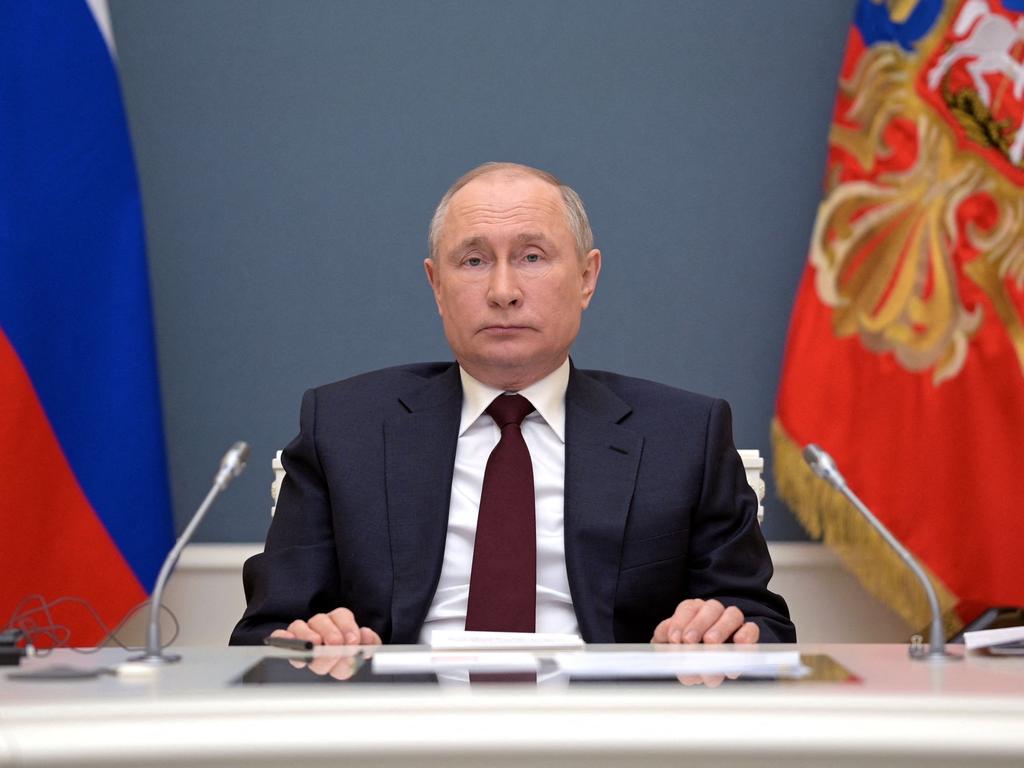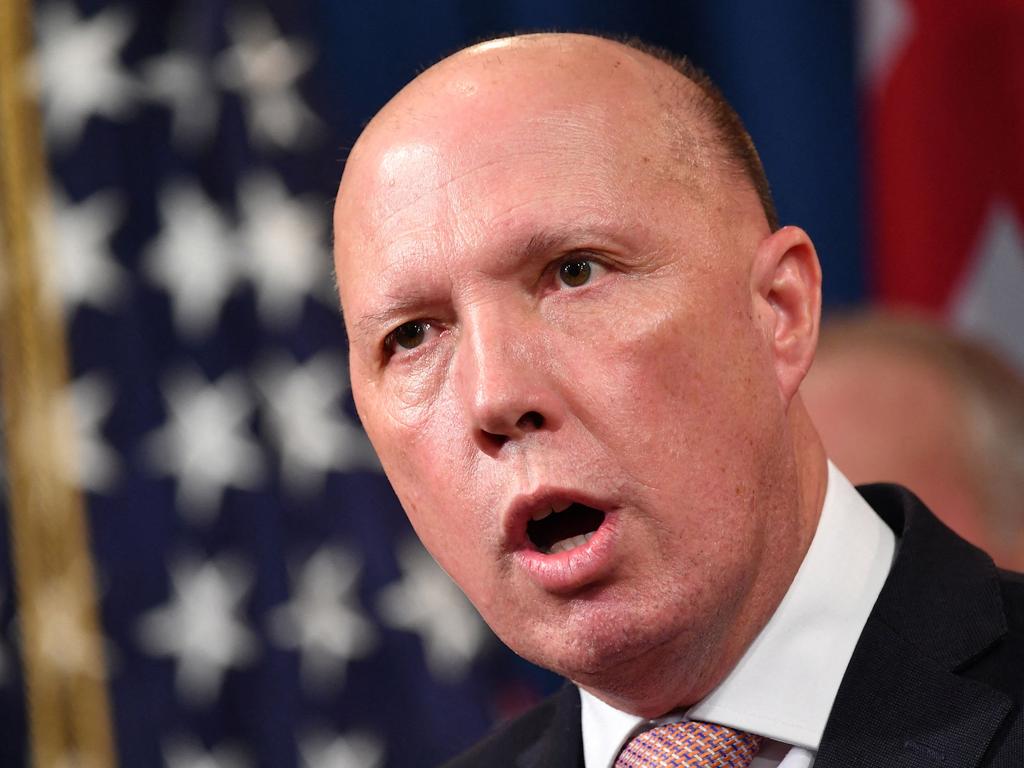
It was arguably the world’s most impressive assembly of political power ever to meet on a Zoom teleconference.
Those of us who use teleconferencing regularly appreciate there are invariably techno-glitches and so it went with amusing scenes of an invisible French President, Emmanuel Macron. Russian President Vladimir Putin was left looking awkward as a soundless camera fixed on him. Someone appeared to have flicked the mute button on the early part of Scott Morrison’s speech before he was told to mouse click his way back to life.
But that was not all that was going wrong with the summit.
Obviously, there is a need for the world to act on climate change and for the leaders of nations to gather and decide how they might reduce emissions.
The problem is the playing field is far from even.

For example, the Europeans for the most part commit to reducing emissions by levels produced in the 1990s. The US, on the other hand, will measure its success or failure by reducing emissions 50 per cent by 2030 based on 2005 emissions in the commitment announced by President Biden this week. How it will get there is another matter but that’s a story for another time.
It’s not so much that the world’s nations can’t even decide on the basis for which Co2 emissions might be reduced, although there certainly is that. It is more that the baselines conceal certain advantages. In the 1990s, emissions were on the decline in some cases due to early reduction policies but mostly because of the collapse of the high polluting Soviet Union. That, presumably, is why the Europeans chose that particular baseline. Pretty sneaky, right?
If there’s a bit of legerdemain in targets, it’s nothing compared to the slack that is being cut to China and the obvious economic advantages it will enjoy well into the future.
The problem with multilateralism is not just that telecommunications technology might fail when everyone assembles on multiple screens in a pandemic world. The first major shortcoming is that countries like China and Russia are legitimised by their attendance while having little or nothing to offer. The Russian Federation is one of the highest per capita emitters in the world and has made no meaningful commitment to reducing its emissions.
But it is the People’s Republic of China that stands out in this virtual confab. While the PRC continues its human rights outrages in its west, steals intellectual property from around the world, grinds Hong Kong into subservience, threatens Taiwan and persists with rapacious trade policies, the immediate effect of Xi Jinping’s presence on the screens on Thursday was that China looks like a model world citizen.
The look is important. Biden’s climate change envoy, John Kerry was the first senior administration figure to visit China. Not trade, not human rights, not geopolitics.
China is the world’s largest emitter by some measure. It emits almost twice that of the US (10.06 metric gigatons v 5.41 metric gigatons) on 2018 figures.
The other method, much loved by students of equity is emissions per capita which is led by outlier, oil rich nations in the Middle East. Of the major nations, the US continues to lead (Australia is not far behind). By the per capita metric, China is two back with a rails run. On current trends it will lead the world within the next decade.
Regardless of the measurement used, China will be the largest Co2 emitter in the world and has virtually been given a pass on its obligations. Oddly, almost obscenely, it tends to be overlooked in the hand-wringing over climate change with the focus on the US, Europe and even little old us.
China has pledged to hit peak emissions by 2030 and be at zero by 2060. That is the latest ambition. In 2015, China announced ‘lowering carbon intensity’ by 60-65% by 2030.
The tinkering of targets, most of them meaningless because no sensible person could rely upon Chinese measurements, continues.
In December 2020, President Xi Jinping said that China will boost its installed capacity of wind and solar power to more than 1,200 gigawatts (GW) by 2030 and increase the share of non-fossil fuels in primary energy consumption to around 25% during the same period, up from a previous commitment of 20%.
There is no mention of halting new coal projects within China or of stopping the financing of new mining projects across the world, including Australia.
China may well yet hit its pitifully low targets, but the fact remains that while the rest of the world, including much of the developing world, is reducing emissions, at best China’s emissions will plateau by 2030.
The argument goes that China and India were slower to industrialise and thus should be given more time to turn their energy requirements around. It might hold some water in regard to India, but China has spent much of the last seven decades either starving or massacring its own population with failed ideological pursuits until reformers like Deng Xiaoping and Xi Zhongxun (the father of Xi Jinping) embraced global markets and supercharged the Chinese economy. Now it stands at a point where its GDP figures put it in second place of all the world’s economies and where at current growth rates (official figures are often unreliable), it might knock the US off the podium within a decade or so.
In this environment, China has been provided advantages the developed world can only dream of.
In multilateralism, there is always a likelihood that participant nations will be a mix of the good, the bad and the ugly but China’s conduct in recent times is ticking only the last two boxes. It’s power cannot be understated, nor its capacity to pose an existential threat to the world at some point in the future.
Global, multilateralist video confabs like this one provide further evidence that China is being allowed to ride roughshod over the rest of the world.








The Biden administration invited more than 40 world leaders to this week’s climate summit to show off its new emissions reduction ambitions in the hope other nations might do the same.